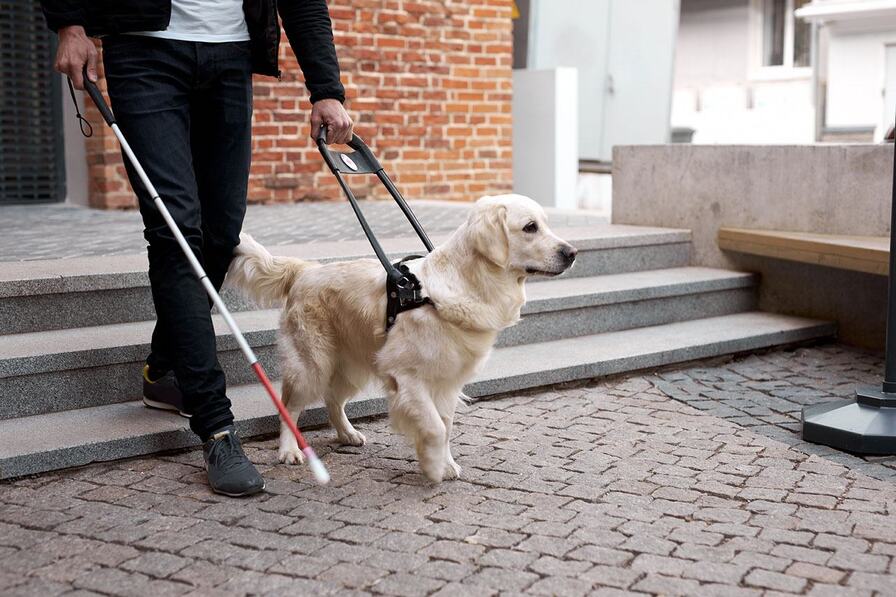
The Americans with Disabilities Act (ADA) protects people with disabilities from discrimination.
Disability rights are civil rights. From voting to parking, the ADA is a law that protects people with disabilities in many areas of public life.
New on ADA.gov
Explore the new content we've added to ADA.gov
-
State and Local Governments: First Steps Toward Complying with the Americans with Disabilities Act Title...
This guide includes suggested steps that ADA Coordinators and others working with state and local governments may want to take as they plan to ensure that their web content and mobile apps comply with the ADA Title II rule on the accessibility of web content and mobile apps.
-
Webinar: Americans with Disabilities Act Title II Web & Mobile Application Accessibility Rule
This video provides a summary of the ADA Title II rule on web content and mobile app accessibility. The summary is designed to provide introductory information about the rule's requirements.
-
Help
We're here to help. Get answers to your questions, learn about popular topics, and find resources for more support.
What's on ADA.gov
From answers to common questions to official legal documents, ADA.gov has everything you need to understand your rights and responsibilities under the ADA.
Topics
These overviews are a basic starting point for understanding areas the ADA covers.
Examples:
Resources
Get more detailed guidance on some ADA topics.
Examples:
Laws & Regulations
Find legal documents that are enforceable under the ADA in a court of law.
Examples:
Service Animals and the ADA
Understand how the ADA defines a service animal and what your rights are under the law.
Topics
Information for people with disabilities, state and local governments, and businesses
-
Introduction to the ADA

How the ADA is structured, and how it protects the rights of people with disabilities
-
Service Animals

The definition of a service animal, where they can go, and how they assist people with disabilities
-
Parking

Find out how the ADA requires businesses, non-profits, and state/local governments to provide accessible parking spaces.
-
Effective Communication

People with certain disabilities might communicate in different ways.
How to Report a Disability Rights Violation
If you believe that you or someone else experienced unlawful discrimination, you can report a disability rights violation.
Report using our online form.
By completing the online form, you can provide the details we need to understand what happened. You will receive a confirmation number and your report is immediately sent to our staff for review.
We review your report.
Teams that specialize in handling your type of issue will review it. If it needs to be forwarded to another team or agency, we will try to connect your complaint to the right group.
We determine next steps and get back to you.
Possible outcomes include: following up for more information, starting a mediation or investigation, directing you to another organization for further help, or informing you that we cannot help.








